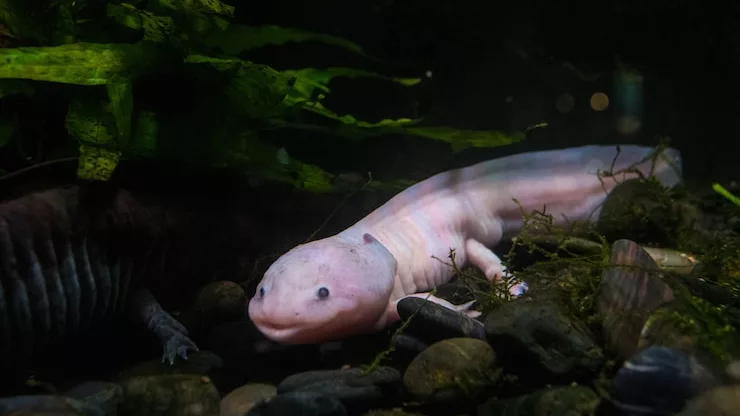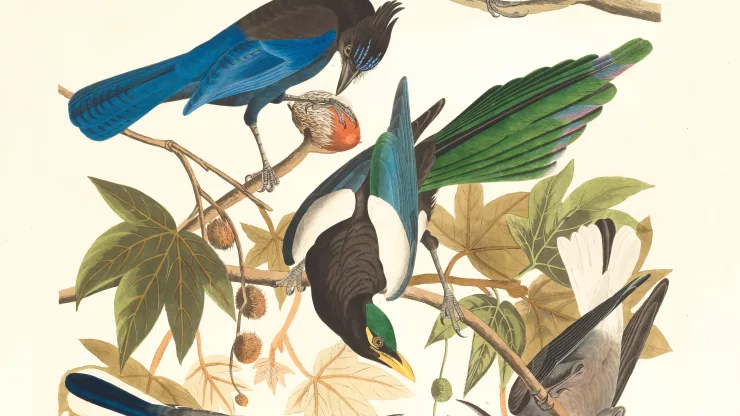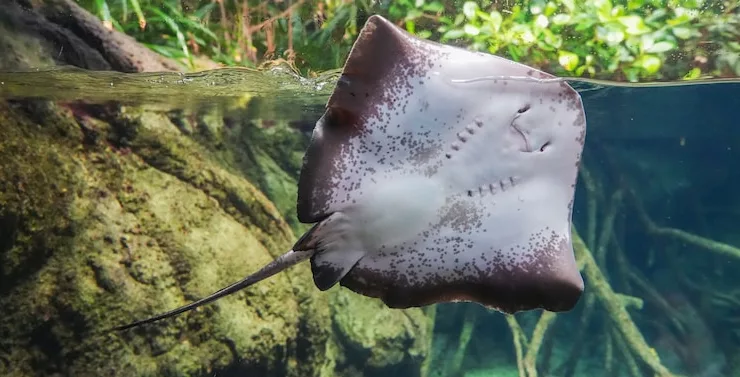Embark on a journey to uncover the wonders of one of nature’s most extraordinary creatures—the axolotl.
Often mistaken for a water-dwelling Pokémon, this real-life amphibian is a marvel of biology and a treasure trove of fascinating characteristics.
With their endearing features and remarkable abilities, axolotls captivate scientists and animal enthusiasts alike.
Let’s dive into the world of these unique creatures and explore some of the most intriguing facts about them.
Facts Numbered List
- Perpetual Adolescents: Unlike most amphibians, axolotls are neotenic, which means they retain their juvenile features throughout their entire lives. They never undergo metamorphosis to become terrestrial adults; instead, they remain aquatic and gilled.
- Regeneration Superstars: Axolotls possess an extraordinary ability to regenerate not just limbs but also organs, including parts of their heart and brain, without scarring—a phenomenon that has intrigued scientists for decades.
- Mexican Marvels: These fascinating creatures are native to only one region in the world: the lake complex of Xochimilco near Mexico City. Unfortunately, their natural habitat is under threat due to urbanization and pollution.
- A Palette of Colors: In the wild, axolotls are typically brown or black, but captive breeding has produced a variety of colors, including white (leucistic), golden albino, and even a translucent pink known as the GFP (Green Fluorescent Protein) axolotl.
- A Rare Delicacy: Historically, axolotls were considered a delicacy by the Aztec people. Today, however, they are more likely to be found in aquariums than on dinner plates.
- Branchial Fans: Those feathery protrusions on their heads aren’t just for show; they’re external gills. Axolotls use them to absorb oxygen from the water, a process that is both efficient and visually striking.
- Carnivorous Creatures: Despite their cute appearance, axolotls are carnivores. They dine on a variety of foods, including worms, insects, and small fish. In captivity, they may also eat specialized pellets.
- Sensitive to Conditions: Axolotls are sensitive to water conditions and require a specific temperature range (between 16°C and 18°C) and pH level to thrive. They can be quite sensitive to changes in their environment.
- A Scientific Goldmine: Due to their incredible regenerative abilities, axolotls are a popular subject in scientific research, particularly in the fields of regeneration and developmental biology.
- Conservation Status: The axolotl is currently listed as Critically Endangered by the IUCN Red List. Conservation efforts are crucial to ensure the survival of this unique species in the wild.
Conclusion
Axolotls are indeed among the natural world’s most captivating and unusual creatures.
With their perpetual youth, extraordinary regenerative capabilities, and unique habitat, they have much to teach us about biology and the importance of preserving biodiversity.
As they face threats from habitat destruction and environmental changes, it’s more important than ever to recognize the value of these remarkable amphibians and the need to protect them for future generations to appreciate and study.
FAQ
What do axolotls eat in captivity?
In captivity, axolotls can be fed a variety of foods, such as bloodworms, brine shrimp, small strips of beef or liver, and specially formulated amphibian pellets.
It’s important to ensure that their diet is varied and nutritionally balanced.
Can axolotls live with other fish?
Axolotls are best kept in a species-specific tank. They might mistake smaller fish for food, and larger fish could nip at the axolotl’s delicate gills.
Additionally, the water conditions required by axolotls are quite specific and might not be suitable for most fish.
How long do axolotls live?
With proper care, axolotls can live up to 15 years in captivity.
However, their lifespan can vary depending on the quality of care, including diet, water conditions, and overall tank management.
Are axolotls endangered?
Yes, axolotls are listed as Critically Endangered on the IUCN Red List.
They are at risk due to habitat loss, pollution, and invasive species in their native habitat in Mexico.
Can axolotls regenerate any part of their body?
Axolotls have an astonishing ability to regenerate many parts of their bodies, including limbs, tail, heart, and parts of the brain and spinal cord.
This regenerative capacity is being intensely studied for its potential applications in human medicine.
Why are axolotls used in scientific research?
Axolotls are used in scientific research because of their unparalleled regenerative abilities and because their embryonic development is large and easy to observe.
Researchers study axolotls to gain insights into the processes of regeneration and development, which could have implications for regenerative medicine.
How can people help in the conservation of axolotls?
People can help conserve axolotls by supporting habitat restoration efforts, reducing water pollution, and avoiding the purchase of wild-caught axolotls for home aquariums.
Contributing to or participating in conservation organizations and research initiatives can also make a significant difference.

I am a fun fact enthusiast and creator of Facts On Tap.
I love to share my knowledge and curiosity with readers and inspire them to learn something new every day.
When I’m not writing, I enjoy traveling, reading, and playing trivia games with my friends.





